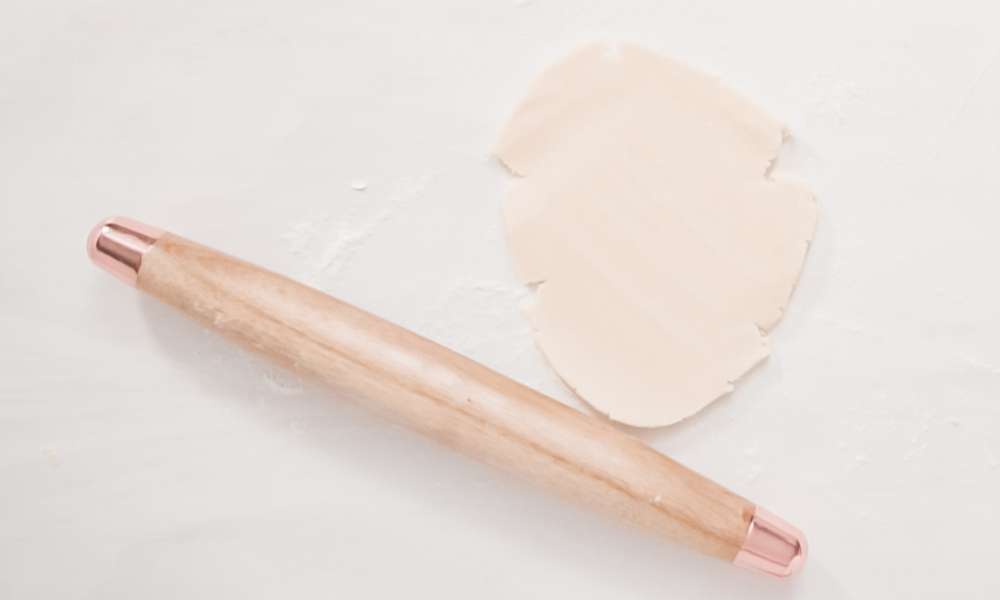Rolling pins have long been essential in baking, shaping dough into the perfect consistency and thickness for various recipes. Bakers rely on this unassuming tool for its simplicity and effectiveness. Yet, among the many types of rolling pins, the French rolling pin stands out. With its distinct design and versatile functionality, it’s become a favorite in the baking world, captivating both home bakers and professionals alike.
1. History
The journey of rolling pins began centuries ago, when early bakers used rudimentary tools to flatten dough. As baking evolved, so did these tools, shaping the history of culinary arts. Traditional rolling pins, often made from cylindrical wood with handles, were the primary choice for bakers. However, in France, a new design emerged—a handleless, tapered rotary pin that offered more precision and control.
This innovative design caught the attention of bakers worldwide, leading to the popularity of what is now known as the French rotary pin. Its sleek, minimalist form not only reflected French culinary sensibilities but also introduced a more refined way to handle dough.
2. Characteristics
The French rolling stick is defined by several unique design features. Unlike traditional rolling pins, it has no handles, offering a continuous, smooth surface from one tapered end to the other. The lack of handles allows bakers to apply direct, even pressure across the dough, creating a more consistent texture.
Typically crafted from materials such as wood, marble, or even silicone, French rolling pins come in various sizes, which can affect how they’re used. For instance, smaller pins are ideal for delicate doughs, while longer pins handle larger batches with ease. Each material also influences the pin’s weight, temperature retention, and aesthetic appeal, with wood being the most classic choice, valued for its warmth and natural feel.
3. Benefits of Using
The French rolling pin offers a range of advantages that make it indispensable in the kitchen. Its tapered ends provide a finer degree of control over dough thickness, ensuring an even, uniform layer, which is crucial for recipes like pie crusts and cookies.
Unlike bulkier, handled rolling pins, the French version is incredibly versatile and easily adapts to various baking tasks, from rotary out pasta to creating laminated doughs. Additionally, its streamlined shape means it occupies less storage space, an advantage in crowded kitchens. Whether you’re a novice or an experienced baker, the French rolling stick allows for precision and flexibility, enhancing the baking process.
4. How to Use a French Rolling Pin
Using a French rotary rod requires some adjustment, especially for those accustomed to traditional handled pins, but it’s a rewarding transition. Start by preparing a clean, smooth work surface, preferably lightly dusted with flour to prevent sticking. Place the dough in the center, then grasp the rotary pin at each tapered end, gently applying pressure.
- Step 1: Begin with even strokes, starting from the center and rolling outwards. This technique helps achieve consistent thickness across the dough.
- Step 2: Rotate the dough periodically to maintain an even shape, especially with pie crusts or pizza dough, where roundness is key.
- Step 3: For thicker doughs, adjust the pressure by pressing slightly harder, allowing the French rolling pin’s weight to aid in rolling. The lack of handles encourages bakers to adjust their pressure naturally, making it easier to control dough thickness.
Keeping an eye on the dough’s elasticity is crucial. Too much pressure can lead to tearing, so use gentle, controlled movements, adjusting as necessary for different doughs.
5. Care and Maintenance
To ensure the longevity of your French rolling rod, proper care is essential. Begin by wiping it down with a damp cloth after each use; avoid submerging it in water to prevent swelling or cracking. If made of wood, seasoning the pin occasionally with a food-safe oil helps preserve its finish and keeps it in optimal condition. For pins crafted from marble or silicone, a simple wipe-down suffices, but be mindful of avoiding harsh detergents that could degrade the surface. By caring for your French rotary pin, you’ll keep it a functional and beautiful part of your kitchen for years to come.
6. Comparison with Other Types of Rolling Pins
Compared to the traditional American-style rolling pin, which has fixed handles and a cylindrical shape, the French rotary rod offers a unique feel. The American rotary pin’s handles can limit control and maneuverability, whereas the handleless design of the French pin encourages more precision.
Marble rolling pins, which are heavier and retain cold well, are ideal for pastry but lack the finesse that a tapered French pin offers. Silicone rolling pins, though nonstick, don’t provide the same tactile feedback as wood. Ultimately, each type of rotary pin has its merits, but the French rotary pin stands out for its balance between precision and versatility.
7. Popular Recipes Utilizing
The French rolling rod is especially suited for recipes that require careful handling and even thickness. Here are some classic recipes that benefit from the use of this refined tool:
- Pie Crusts: Achieve a perfectly uniform crust that bakes evenly.
- Cookie Doughs: Control thickness for consistent baking results.
- Pasta: Roll out fresh pasta to the ideal thinness for smooth, tender noodles.
These recipes highlight the versatility and utility of a French rotary pin, making it an asset for anyone passionate about baking.
Conclusion
The French rolling rod is a timeless tool that continues to enrich baking experiences with its intuitive design and ease of use. Whether crafting delicate pastries or robust pie crusts, it offers unparalleled control and finesse. For those eager to elevate their baking, incorporating a French rotary pin into their routine can bring new levels of satisfaction and precision. Give this classic tool a try, and experience the elegance it brings to every roll of dough.
